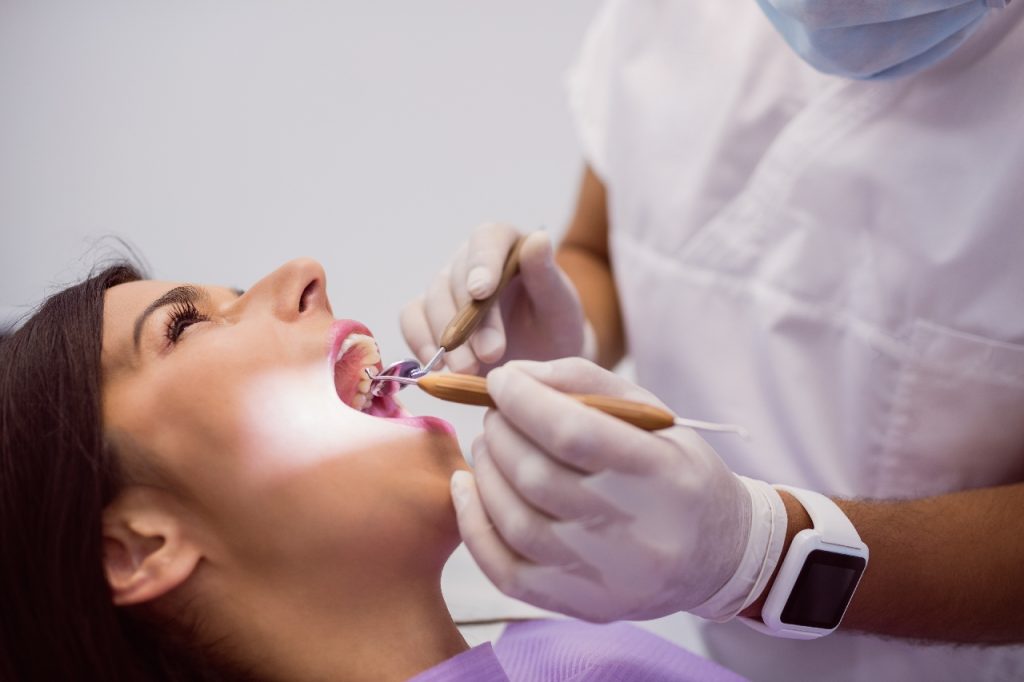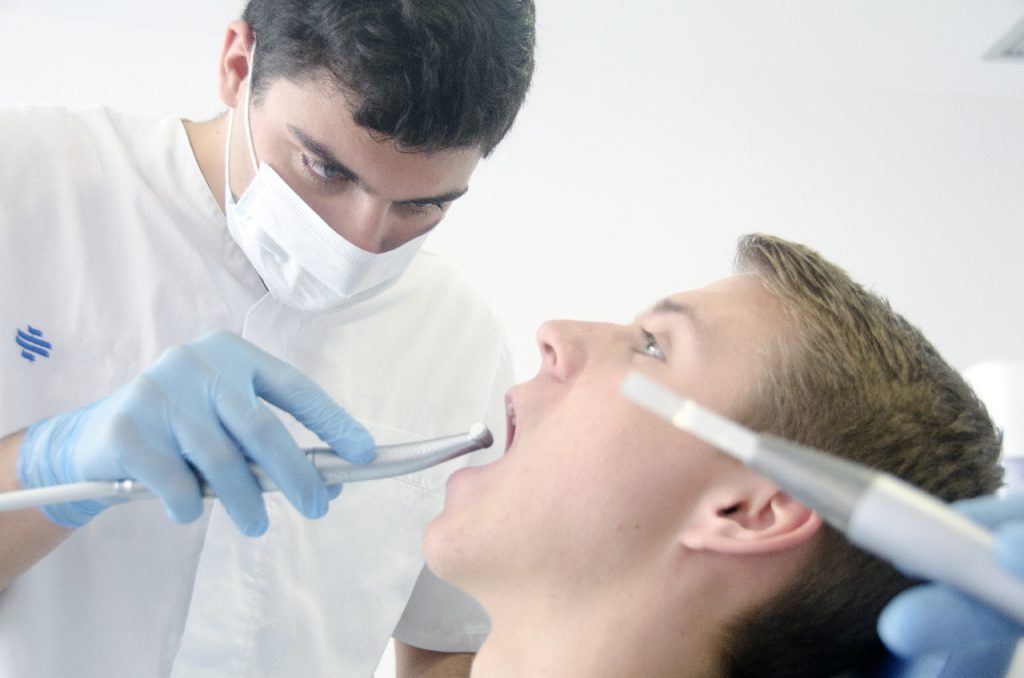As a parent, you want the best for your child. When it comes to their health and well-being, this includes understanding the importance of orthodontic care. It is important that parents understand how orthodontics can benefit their children’s oral health and what they need to know when taking their kids in for an orthodontic consultation.

When Should Orthodontic Treatment Begin?
The American Association of Orthodontists recommends that children receive an orthodontic evaluation by age 7. Even if your child isn’t ready for treatment yet, it is important to identify any issues early on as treatment may be less intrusive and more effective if started sooner.
That said, not all children will need braces or other orthodontic treatments; some may only require observation until they are older. Your orthodontist will be able to determine what kind of care is most appropriate for your child. If you are looking to talk to a professional in the lower mainland, visit Glow Orthodontics Langley
Types of Treatment Available
Orthodontists offer a variety of treatments that can help correct misaligned teeth and jaw problems. The most common options include traditional metal braces and clear aligners like Invisalign.
Metal braces have been a popular choice for many years due to their affordability and effectiveness. They consist of metal brackets that are attached to the front of the teeth and connected with a wire, which is tightened over time to gradually straighten the teeth. While metal braces are highly effective, they can be visible and require regular adjustments, which can be inconvenient for some people.
Clear aligners like Invisalign are rapidly becoming a popular alternative to metal braces, especially for teens and adults. These aligners are made of clear plastic and are custom-made to fit over the teeth. They are virtually invisible, making them a more subtle option for people who are self-conscious about wearing braces. Clear aligners are also easier to clean and require less maintenance than metal braces, as they do not have to be adjusted by an orthodontist.
The best treatment option for your child will depend on the severity of their dental problems and their specific needs. Your orthodontist will be able to recommend the best course of treatment based on their evaluation and will consider factors such as the age of your child, the stage of their dental development, and the extent of their misalignment. In some cases, a combination of treatments may be recommended to achieve the best results. Adult orthodontics can sometimes be complicated because some adults think they are too old for braces. However, It can be extremely beneficial for the health of your teeth.
Risks Associated with Orthodontic Treatments
While orthodontic treatment can be highly effective in improving the appearance, oral health, and function of the teeth and jaws, it is important to be aware of the potential risks associated with treatment. Some of the risks that parents should be aware of include:
Root resorption: This occurs when the roots of the teeth start shrinking, which can weaken the teeth and make them more prone to damage. This risk is generally considered low, but it can occur if the force applied during treatment is too great or if the teeth are not properly cared for during treatment.
Changes in bite alignment: It is possible that treatment could result in permanent changes in bite alignment if excessive force is applied during treatment. This can lead to problems with chewing, speaking, or maintaining proper oral hygiene.
Soreness and discomfort: After having braces put on or tightened, it is common for people to experience soreness and discomfort, which can last for a few days. This can be managed with over-the-counter pain medication and by avoiding hard or sticky foods.
It is important to discuss these risks with your orthodontist before beginning treatment and to follow their recommendations for care and maintenance to minimize the risk of complications. Overall, while there are certain risks associated with orthodontic treatment, the benefits of treatment often far outweigh the risks and can greatly improve a person’s oral health and self-confidence.

Conclusion:
Orthodontics can be a great way to help improve your child’s oral health and overall confidence in their smile. However, it is important that parents understand the risks associated with these treatments before beginning any type of orthodontic care. By consulting with an experienced professional, you can make sure that you get the right type of treatment for your child so they can enjoy all the benefits that come with having a healthy smile!




